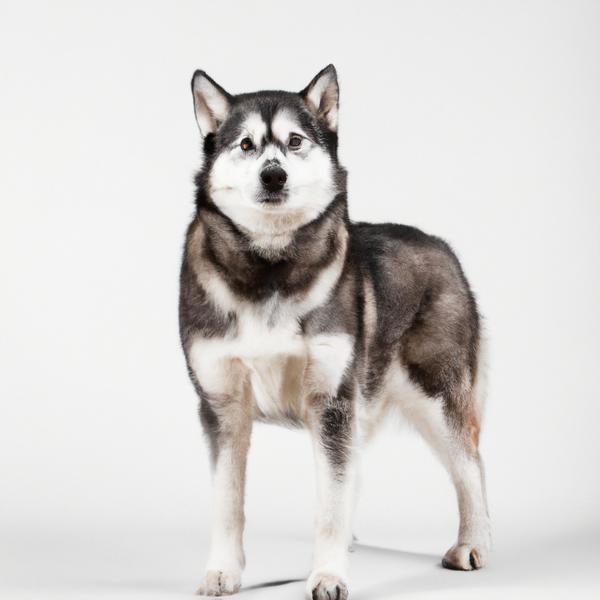Huskita vs. Bluetick Coonoodle: Breed Differences and Similarities
Temperament
What are the personalities of Huskita and Bluetick Coonoodle dogs?
Dignified
Independent
Protective
Alert
Courageous
Intelligent
Friendly
Outgoing
Responsive
Docile
Gentle
Faithful
Vigilant
Willing
Active
Alert
Intelligent
Friendly
Gentle
Trainable
Faithful
Instinctual
Shedding Level
Do Huskitas shed more than Bluetick Coonoodles, or which breed sheds more, Huskitas or Bluetick Coonoodles?
Huskitas shed a lot of hair each year, so frequent brushing is essential for reducing shedding and maintaining coat health.
Bluetick Coonoodles are low shedding dogs, requiring minimal coat care.
Origin
What is the origin of Huskita and Bluetick Coonoodle dog breeds?
United States
United States
Ancestry
What are the origins of Huskita and Bluetick Coonoodle breeds?
Akita, Siberian Husky
Poodle and Bluetick Coonhound
Date of Birth
When were Huskita and Bluetick Coonoodle breeds first developed?
1990s
Unknown
Eye Color Possibilites
What are the eye colors of Huskita and Bluetick Coonoodle dogs?
Brown
Brown
Nose Color Possibilites
What are the natural nose colors of Huskita and Bluetick Coonoodle?
Black
Black
Coat Color Possibilites
What are the natural colors of the coat for Huskita and Bluetick Coonoodle breeds?
White
Black
Gray
Red
Sable
Brown
Fawn
Silver
Blue
Black
White
Silver
Gray
Cream
Brown
Coat Length
What is the typical coat length for Huskita and Bluetick Coonoodle breeds?
The coat of Huskita and Bluetick Coonoodle dogs falls in the medium-length category.
Coat Density
What is the density of the coat of Huskita and Bluetick Coonoodle?
Coat Texture
What is the hair texture of Huskita and Bluetick Coonoodle?
Straight
Wavy
Litter Size
What is the usual litter size for Huskita and Bluetick Coonoodle?
A Huskita can have a litter of 3-12 puppies on average. However, it's worth noting that the size of the litters can vary greatly. Factors that can influence litter size include the health of the mother, breeding history, and genetics.
A Bluetick Coonoodle can have a litter of 6-8 puppies on average. However, it's worth noting that the size of the litters can vary greatly. Factors that can influence litter size include the health of the mother, breeding history, and genetics.
Adaptability
Huskita and Bluetick Coonoodles are known for their adaptability and versatility. They are capable of adapting well to a wide range of lifestyle changes and living environments, making them great companions for families and individuals of all lifestyles.
Health Issues
Between Huskita and Bluetick Coonoodle, which breed is more prone to health problems?
While the Huskita breed is generally healthy, occasional vet check-ups are still necessary to address any health concerns.
Bluetick Coonoodles are susceptible to health issues like all breeds, so it's important to monitor their health and seek veterinary care when needed.
Major Concerns
What are the major health concerns for Huskita and Bluetick Coonoodle breeds?
Hip Dysplasia
Epilepsy
Bloat
Hemophilia
Laryngeal Paralysis
Autoimmune Thyroiditis
Progressive Retinal Atrophy (PRA)
vonWillebrand’s Disease
Sebaceous Adenitis
Bloat
Addison's Disease
Minor Concerns
What minor health issues should be kept in mind when owning Huskita and Bluetick Coonoodle?
Elbow Dysplasia
Pemphigus
Sebaceous Adenitis
Zinc Responsive Dermatosis
Ear Infections
Entropion
PRA
Cataracts
Hip Dysplasia
Occasional Tests
What occasional tests are recommended for Huskita and Bluetick Coonoodle breeds?
X-Rays
Blood Tests
Internal Imaging (x-ray, CT scan, MRI, etc.)
Buccal Mucosal Screening
Physical and Neurologic Examination
Skin Scrapings and Biopsies
Orthopedic Exam
Ocular Exam
Abdomen and Blood Tests
Throat Exam
Coagulation Analysis
Skin Scraping
Biopsy
Orthopedic
Internal Imaging (x-ray, CT scan, MRI, etc.)
Blood And Urine Analysis
Ophthalmic And Ear Exam
Buccal Mucosal Screening
Social Needs
Huskita vs Bluetick Coonoodle social needs comparison
Huskita has average social needs and is less independent than other breeds.
Bluetick Coonoodle has above average social needs and thrives with interaction with humans and other dogs.
Sleeping Need
Which of the two sleeps the most/least: Huskita or Bluetick Coonoodle?
Huskita and Bluetick Coonoodle dogs tend to sleep less than some other breeds, but it's still important for them to get adequate sleep in order to maintain good health.
Mouthiness
Mouthiness Comparison: Huskita vs Bluetick Coonoodle?
Roaming urge
Huskita vs Labrador: Running away tendency?
Prey Drive
Huskita or Bluetick Coonoodle - which breed has a higher level of prey drive?
Past times
What are some enjoyable activities and ways to keep Huskita and Bluetick Coonoodle entertained?
Walk, Tug-of-war, Hike, Play, Playing catch, Walking, Rambling, Hide & Seek, Ball games, Nap time, Throwing a ball, Play keep away, Fetch, Chasing around, Run, Cuddles, Jogging, Play time, Playtime, Swim, Tracking, High Five, Speak, Shake
Frisbee, Run, Football
Activity Level
Which breed has higher energy, Huskitas or Bluetick Coonoodles?
Huskitas are high-energy dogs. They need mental as well as physical exercise. These dogs require a lot of your involvement and without it they can, and will, become problematic dogs.
Bluetick Coonoodles are medium-energy dogs and typically enjoy socializing and playing casual or even sustained games of chase with other dogs. They may also have occasional periods of barking or racing around the house.
Tolerance of being left alone
Walks per Week
How many miles should Huskita or Bluetick Coonoodle walk each week?
There's really no limit to how far you walk your dog as long as they're comfortable. For Huskita, it's at least 14 miles / week. Just remember to build distance and stamina gradually over time.
There's really no limit to how far you walk your dog as long as they're comfortable. For Bluetick Coonoodle, it's at least 8 miles / week. Just remember to build distance and stamina gradually over time.
Activity per Day
Do Huskitas or Bluetick Coonoodles require more exercise?
In general most Huskitas usually need at least 90 minutes of exercise daily. This can be spread across the day and include all sorts of high-energy activities, like walking, running and playing.
In general most Bluetick Coonoodles usually need at least 60 minutes of exercise daily. This can be spread across the day and include all sorts of high-energy activities, like walking, running and playing.
Grooming
Which breed is easier to maintain in terms of grooming, Huskitas or Bluetick Coonoodles?
Huskita and Bluetick Coonoodle are breeds of dogs that require an average amount of grooming effort.
Brushing Frequency
What is the recommended brushing frequency for Huskita and Bluetick Coonoodle dogs?
Huskita and Bluetick Coonoodle should be brushed at least once a week. Of course, you can give them more frequent brushes if you find that they are still shedding a lot.
Brushing Tools
What brushing tools are used for Huskitas and Bluetick Coonoodles?
Pin Brush
Comb
Nail Clipper
Comb
Deshedder
Clipper
Nail Clipper
Cups
How much food should be given to Huskita or Bluetick Coonoodle in cups?
Huskita and Bluetick Coonoodle share the same recommended daily food intake of 3 cups, although the appropriate quantity may vary depending on the quality and nutritional content of their food.
Daily Cost
Which breed has a higher daily cost, Huskita or Bluetick Coonoodle?
Huskita and Bluetick Coonoodle have a similar average daily cost of around $2.10 - $2.70.
Monthly Cost
Which breed has a higher monthly cost, Huskita or Bluetick Coonoodle?
When it comes to monthly expenses, both Huskita and Bluetick Coonoodle have a similar average cost, ranging from $55 - $73. This results in an average yearly cost of around $660 - $876.
Sensitivity Level
How do Huskita and Bluetick Coonoodle compare in sensitivity?
These dog breeds are particularly attuned to its environment and the emotions of those around it. Huskita and Bluetick Coonoodle can be easily overwhelmed by loud noises, new environments, unfamiliar people, or animals. This dog breed is best suited for individuals or families who are patient, gentle, and understanding of its sensitive nature. It may also benefit from a calm and stable home environment, with a consistent routine and plenty of positive reinforcement training.
Apartment Friendly
Which breed is more apartment-friendly: Huskita or Bluetick Coonoodle?
The Huskita is a great apartment dog, thriving with sufficient exercise and time outside as part of their daily routine.
Bluetick Coonoodles are good apartment dogs as long as they get enough exercise and stimulation outside of the apartment.
Child Friendly
Do Huskitas or Bluetick Coonoodles have a friendlier temperament towards children?
Huskitas are good with kids if socialized and trained from a young age.
Bluetick Coonoodles make excellent family pets for kids due to their gentle, protective nature and calm temperament.
Senior-friendly
Which dog is more suitable as a pet for the elderly - Huskita or Bluetick Coonoodle?
Cat Friendly
Do Huskita or Bluetick Coonoodle breeds have a better compatibility with cats?
Huskitas are somewhat cat friendly and can be trained to get along with cats.
Bluetick Coonoodles are good with cats, but early training is needed to prevent chasing behavior.
Dog Friendly
Which breed is more sociable with other dogs: Huskita or Bluetick Coonoodle?
Huskitas are friendly and active companions, and can be good family pets, though their friendliness towards other dogs may vary.
Bluetick Coonoodles are generally very friendly towards other dogs, with a happy and affectionate temperament.
Pet friendly
How do Huskita or Bluetick Coonoodle dogs interact with other pets?
Stranger Friendly
Which breed is more friendly with strangers: Huskita or Bluetick Coonoodle?
Huskitas are averagely friendly around strangers but benefit from early socialisation.
Bluetick Coonoodles are friendly but may bark at strangers, and training is easy due to their intelligence.
Playfulness
Which breed is more playful between Huskita and Bluetick Coonoodle?
Huskita and Bluetick Coonoodle are playful dogs. So, no matter how busy the day may get, the best thing you can do for Huskita and Bluetick Coonoodle is to make time each day to play. It can be as little as 15-20 minutes, and it will mean the world to them.
Trainability
How do the trainability levels of Huskitas and Bluetick Coonoodles compare?
Huskitas are usually easy to train but require consistency to fully obey commands.
Bluetick Coonoodles are popular for their ease of training and quick learning ability.
Compare Huskita with other breeds

Rotterman
Huskita vs Rotterman
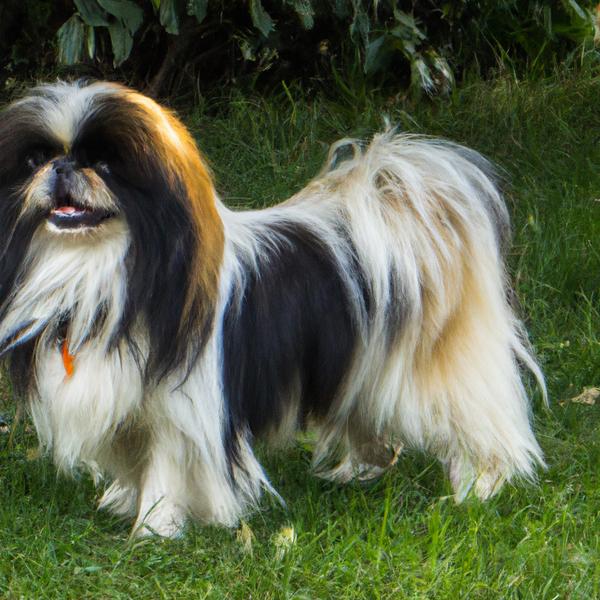
Tibetan Chin
Huskita vs Tibetan Chin

German Shorthaired Sprointer
Huskita vs German Shorthaired Sprointer
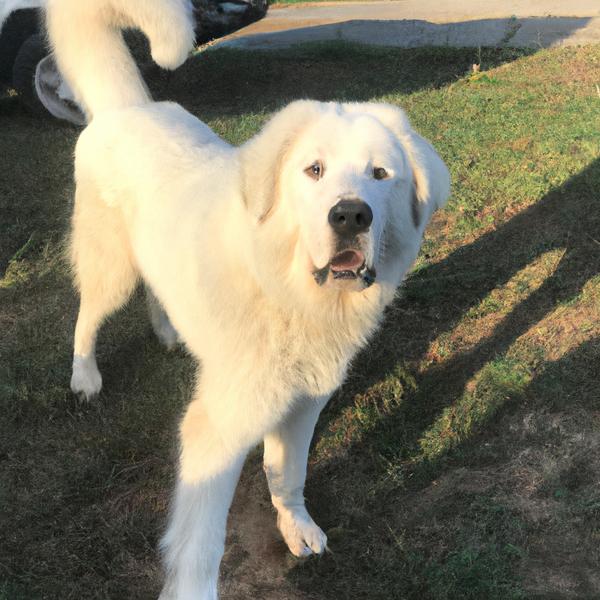
Great Pyrenees
Huskita vs Great Pyrenees
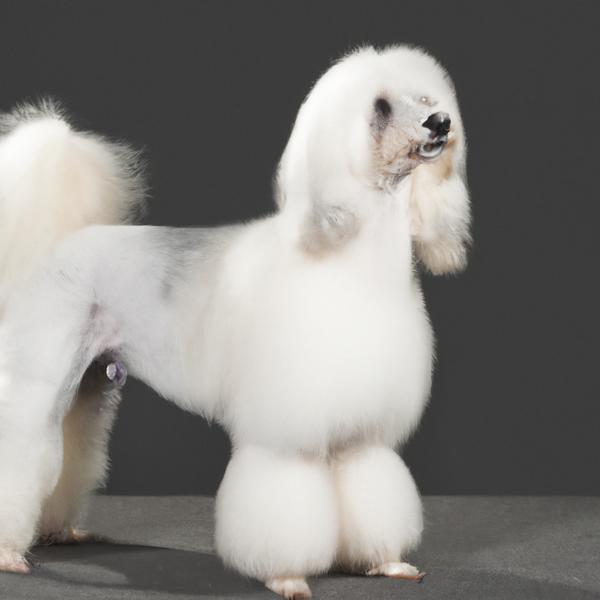
Corillon
Huskita vs Corillon
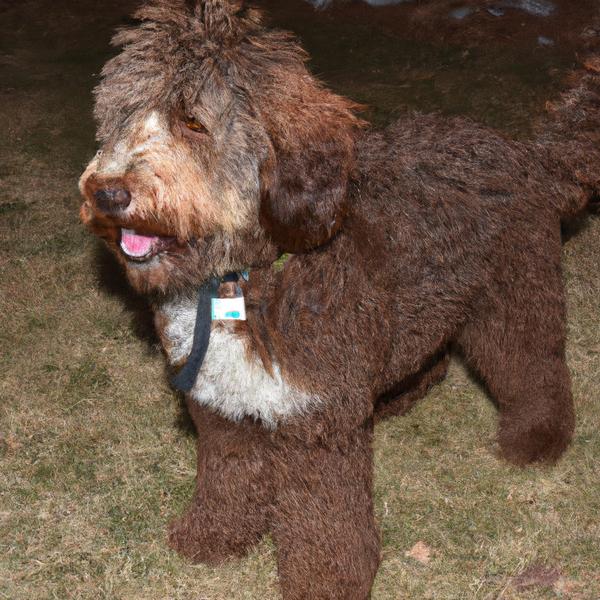
Tervoodle
Huskita vs Tervoodle
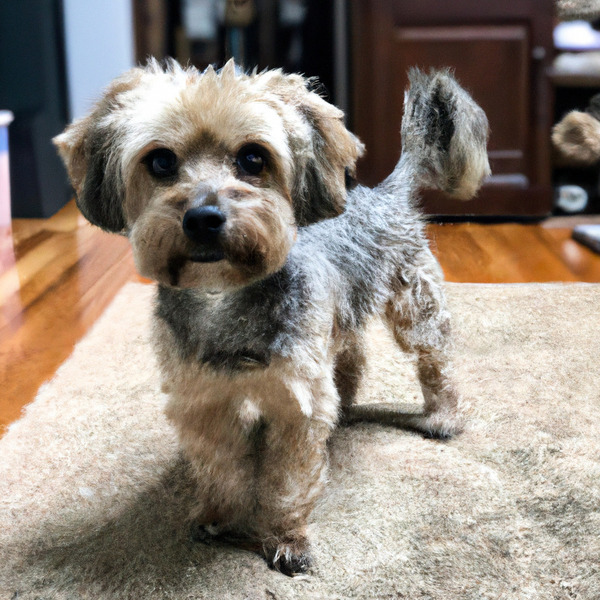
Yorkipoo
Huskita vs Yorkipoo
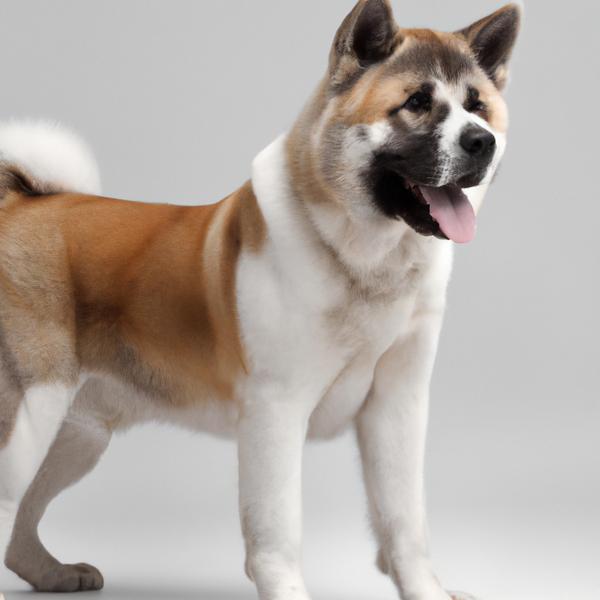
Akita Shepherd
Huskita vs Akita Shepherd
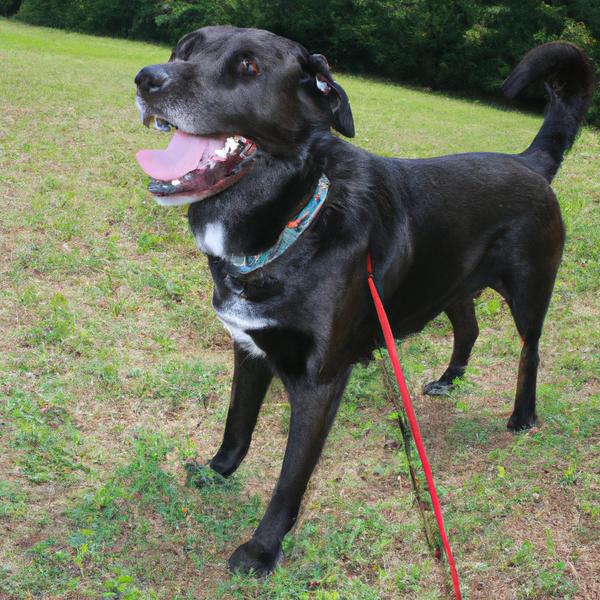
Labrottie
Huskita vs Labrottie
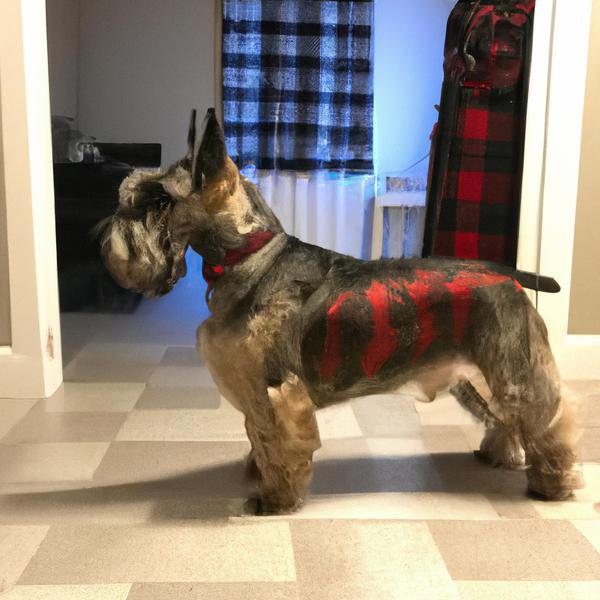
Scotchi
Huskita vs Scotchi
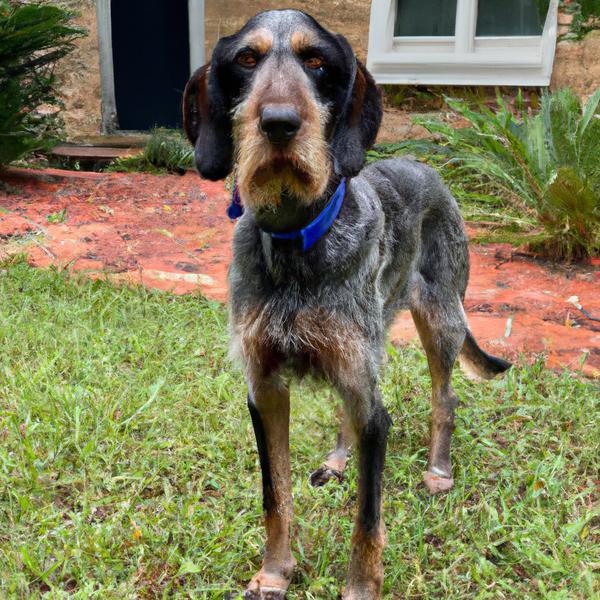
Bluetick Coonoodle
Huskita vs Bluetick Coonoodle
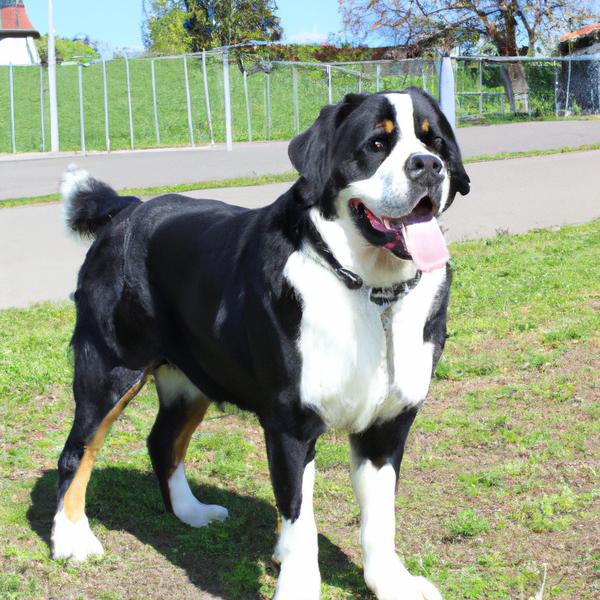
Swissy Saint
Huskita vs Swissy Saint
